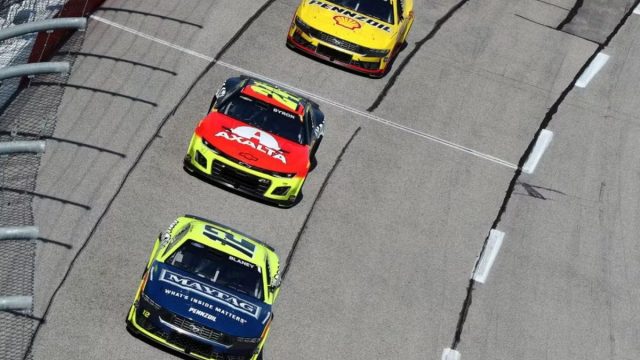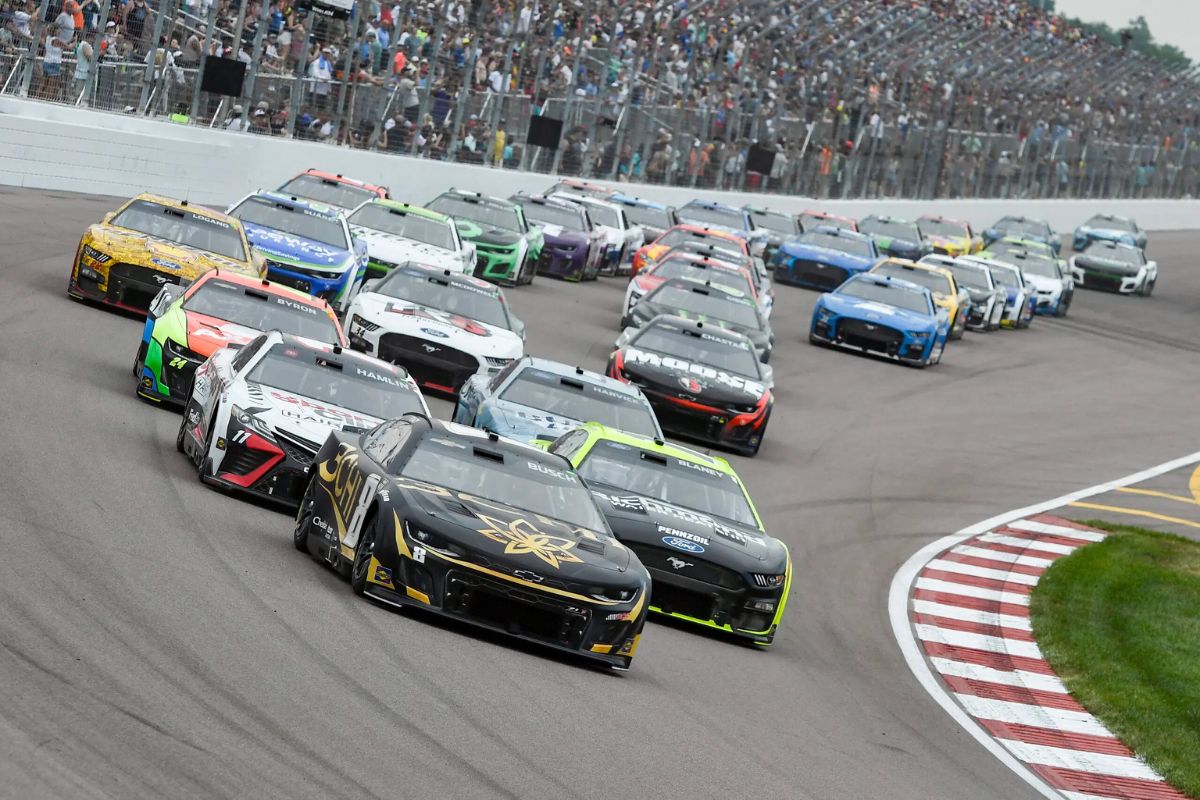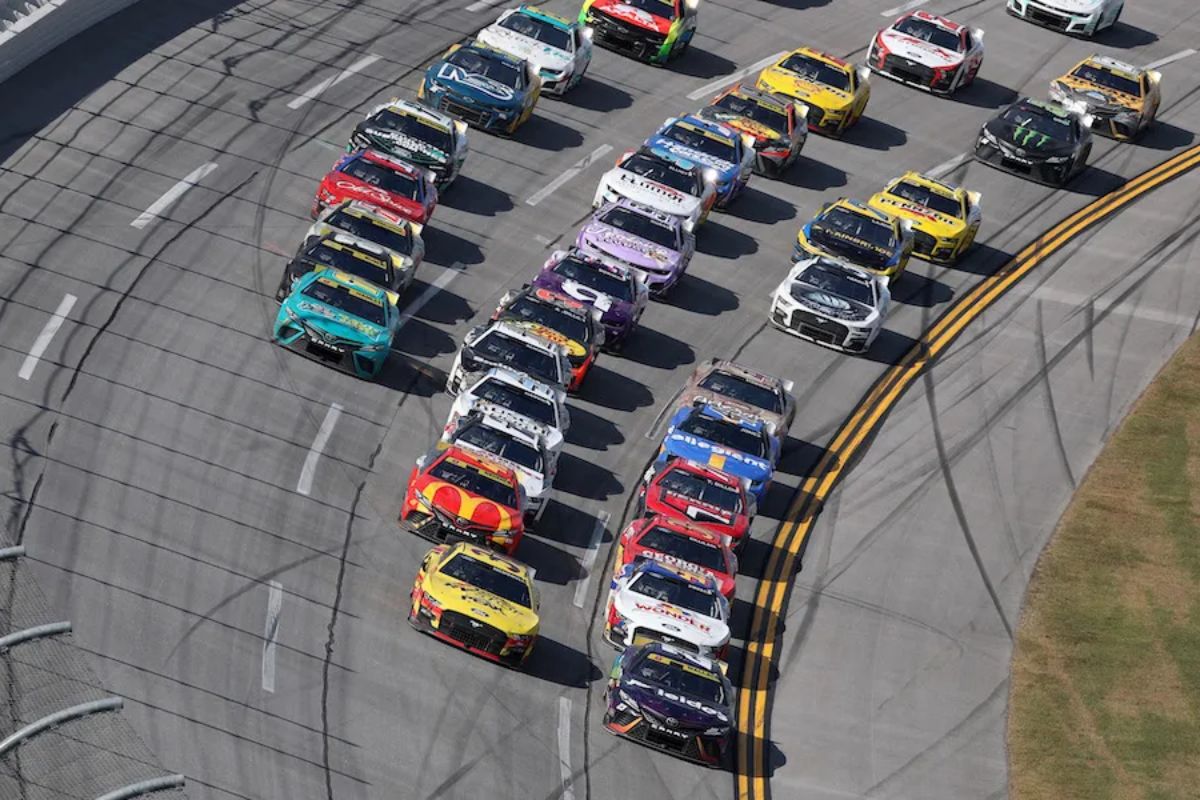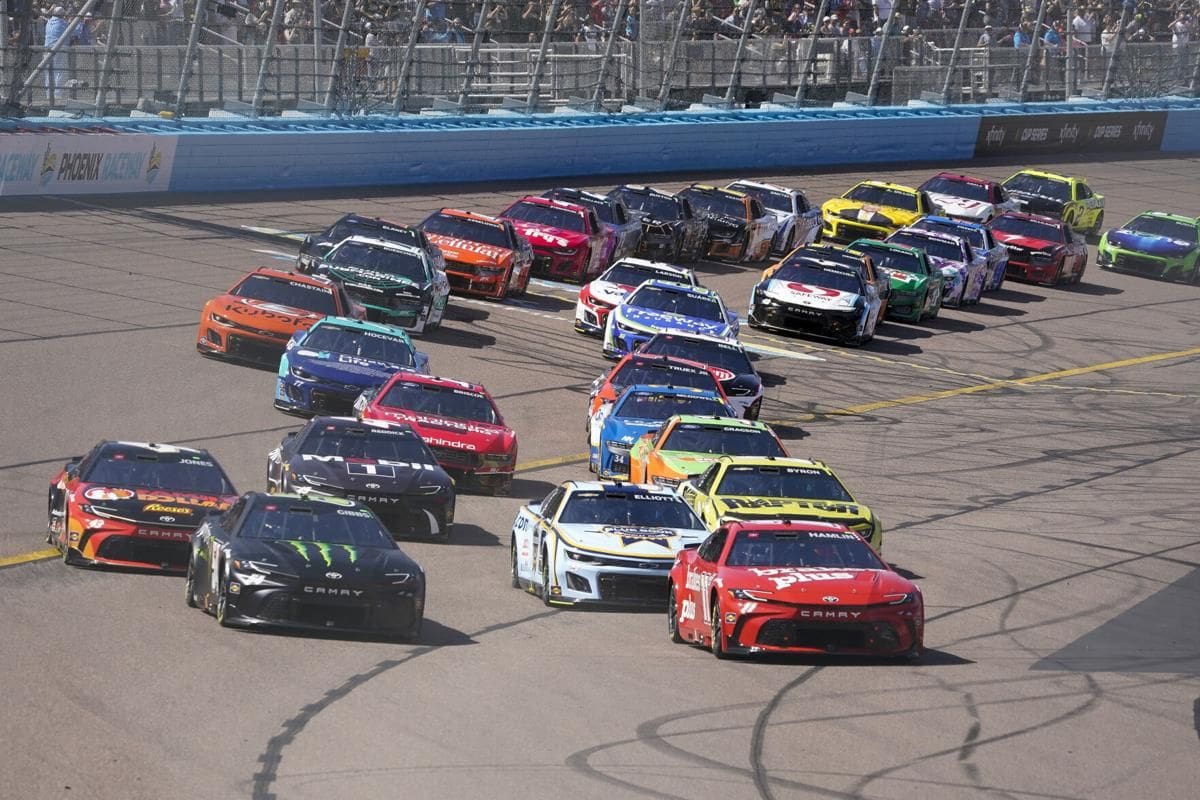Cost of NASCAR’s Race Start Times Decision: Brian Herbst’s recent disclosure regarding the 300,000 loss of viewers due to NASCAR’s rejection of earlier race start times raises critical questions about the organization’s operational priorities. This substantial cost reflects potential revenue losses tied to broadcasting schedules and highlights the complexities involved in reconciling fan preferences with logistical realities. As NASCAR navigates these challenges, the impact on viewer engagement and future scheduling strategies becomes increasingly relevant. What factors will ultimately dictate NASCAR’s approach to balancing economic sustainability with the evolving expectations of its audience?
Key Highlights
- Brian Herbst revealed that rejecting time demand requests costs NASCAR approximately 300,000 viewers.
- Financial implications include potential revenue losses from altered broadcasting schedules due to scheduling decisions.
- NASCAR’s commitment to maintaining 3 P.M. start times reflects logistical complexities and stakeholder considerations.
- Viewership drops correlate with earlier race start times, emphasizing the financial significance of scheduling.
- Long-term financial sustainability is a critical factor in NASCAR’s decision-making regarding race start times.
Weather Impact and Scheduling Challenges
Weather conditions have a notable impact on NASCAR scheduling, as evidenced by the recent events in Michigan where rain disrupted multiple race activities. The forecasted 72-82% chance of precipitation necessitated a reevaluation of scheduled events, including the ARCA qualifiers and the Cup race. Such disruptions exemplify the inherent challenges NASCAR faces when coordinating races amid unpredictable weather.
The complexities of rescheduling are compounded by the multiple stakeholders involved at each NASCAR event. From teams and drivers to sponsors and fans, aligning the schedules and expectations of all parties can be a challenging endeavor. Each race weekend comprises numerous events, all of which must be carefully orchestrated to optimize engagement and minimize disruptions.
The 17-hour red flag during the Cup race illustrated the extent to which weather can influence race timelines, often leading to logistical headaches and financial implications.
Moreover, the cyclical nature of weather patterns in the Midwest, particularly during the summer months, adds another layer of unpredictability to scheduling. While rain may be a common occurrence, the decision-making process surrounding race day becomes increasingly complicated when considering potential delays or cancellations.
NASCAR’s Stance on Start Times and Viewership
Responding to increasing fan demand for earlier race start times, NASCAR has reaffirmed its commitment to 3 P.M. start times, citing numerous logistical considerations. NASCAR Chief Revenue Officer Brian Herbst articulated that while fan preferences are valued, the complexities of race day operations necessitate maintaining the established schedule.
Rain delays have historically disrupted NASCAR events, impacting viewer engagement and altering the race experience. For instance, this season alone saw notable weather interruptions during events like the Clash and the Coca-Cola 600. The Firekeepers Casino 400, in particular, faced a nearly two-hour delay, pushing its 3 P.M. start time to later in the day. Such weather-related challenges highlight the precarious nature of scheduling in motorsports.
View this post on Instagram
These statistics emphasize NASCAR’s need to balance traditional scheduling with the realities of weather conditions and their impact on viewership. Hence, the commitment to 3 P.M. remains steadfast in the face of evolving audience preferences.
Stakeholders and Scheduling Decisions
Scheduling decisions in NASCAR are influenced by a myriad of stakeholders, each with distinct interests and priorities. From drivers and teams to sponsors and television partners, the complexity of balancing these perspectives is a vital challenge. As Brian Herbst articulated, the discussions surrounding race start times involve multiple entities, each contributing to the comprehensive dynamics of the sport.
When discussions like this happen, there tend to be no perfect answers. We do the best we can with the imperfect scenarios balancing all the different stakeholders that are in the sport. It’s the fans at the track; it’s the fans that are watching at home. It’s the teams, it’s the drivers, it’s the sponsors, it’s the TV partners.” – Herbst
Fans attending events and those watching from home form an essential part of this stakeholder landscape, as their experience directly impacts attendance and viewership metrics. Drivers like Denny Hamlin and Kyle Larson, alongside industry veterans such as Dale Earnhardt Jr., have vocalized their thoughts on the implications of early start times. Their insights reflect a broader concern about how scheduling changes can affect performance and fan engagement.
Additionally, Original Equipment Manufacturers (OEMs) and sponsor partners play central roles in these discussions. Their investment in NASCAR necessitates consideration of how schedule adjustments align with marketing strategies and product visibility. Each decision made must address the varied needs of six to eight different stakeholder groups, complicating the scheduling process further.
“So in any scheduling discussion that we have, market-by-market, or start times itself, you’re talking about six-seven-eight different sets of stakeholders. OEMs, sponsor partners that we take into consideration whenever we make a call like that.” – Herbst
NASCAR’s scheduling outcomes are not merely logistical exercises; they are tactical decisions that resonate across the sport. By acknowledging the diverse interests at play, NASCAR can navigate these discussions more effectively, ensuring that the sport continues to thrive while catering to its multifaceted audience.
Viewership Impact and Future Considerations
Viewership patterns in NASCAR are intricately linked to race start times, revealing a remarkable correlation between timing and audience engagement. According to Brian Herbst, NASCAR’s established metric indicates that for every hour a race starts later, there is a potential increase of 5% in viewership. This implies that a race commencing at 3 PM could attract an estimated 3 million viewers, while an earlier start at 1 PM could reduce that figure to approximately 2.7 million viewers, resulting in a loss of around 300,000 viewers.
“the rule of thumb that we (NASCAR) use, for every hour that we start later, that’s an extra 5% in viewership. So if we start at 3 PM versus 1 PM, that’s about 10%. So 5% an hour, 10% for those two hours. For a race that we’re running at 3 PM that draws an average of 3 million viewers, we would expect that race to draw 2.7 million viewers if we ran it at 1 PM, blended across different kind of averages.” – Herbst
This data highlights the vital nature of scheduling within the sport, as even minor adjustments in race times can have considerable implications for audience numbers. The tactical decision to align race times with peak television slots is paramount, particularly in an environment where NASCAR competes for viewers with other major sports, especially the NFL.
Stakeholders like Dale Earnhardt Jr. caution against altering these time slots, emphasizing that they cater to a numerically stronger audience, which is fundamental for maximizing viewer engagement and advertising revenue.
As NASCAR contemplates its future scheduling strategies, understanding these viewership dynamics will be fundamental. The potential financial implications of losing hundreds of thousands of viewers are considerable, suggesting that careful consideration must be given to how race times align with broader sports viewership trends.
Adjustments and Future Plans
In consideration of evolving audience preferences and the need for improved viewing experiences, NASCAR is actively implementing adjustments to its race formats and advertising strategies. Acknowledging the concerns raised by fans, NASCAR has initiated a trial phase that aims to improve the overall viewing experience, particularly during key events.
One notable development is NBC Sports’ decision to eliminate full-screen ads during the next three superspeedway races at Daytona, Atlanta, and Talladega. This experimental approach seeks to provide a more uninterrupted and engaging experience for viewers at home. While the success of this initiative remains to be evaluated, it signals a proactive response to fan feedback.
These adjustments reflect NASCAR’s commitment to improving viewer satisfaction and highlight the importance of listening to its fan base. The balance between tradition and creativity will be essential as the sport navigates its future.
News in Brief: Cost of NASCAR’s Race Start Times Decision
The rejection of fan demands for earlier race start times by NASCAR has resulted in a considerable loss of 300,000 viewers, emphasizing the delicate balance between fan preferences and operational logistics. This decision threatens revenue from broadcasting and highlights the complexities involved in scheduling. Future considerations must prioritize both viewer satisfaction and economic sustainability to mitigate financial risks while enhancing the general spectator experience in the competitive landscape of motorsports.
ALSO READ: Brian Herbst Teases 2025 In-Season Tournament Format



